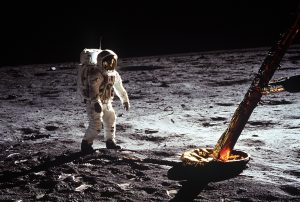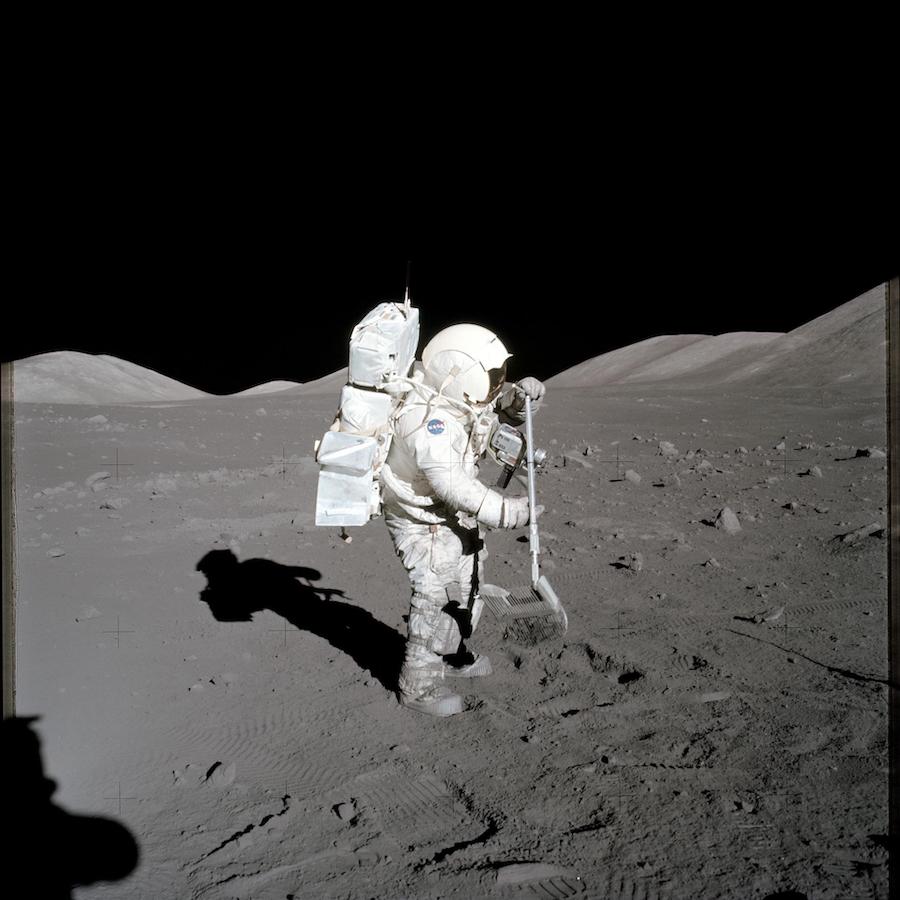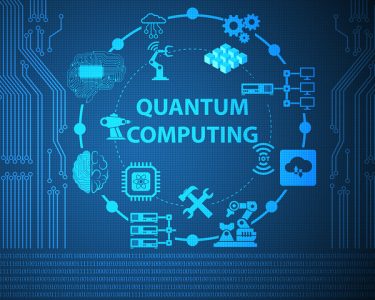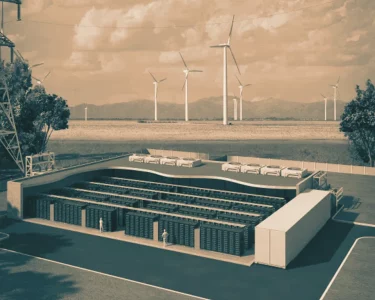Introduction: Vikram Sarabhai’s Vision: India’s Lunar Odyssey
Dr. Vikram Sarabhai, the visionary regarded as the father of the Indian space program, left an indelible mark on the world of science and space exploration. In this article, we embark on a journey to celebrate India’s lunar triumphs, guided by his vision. Amidst formidable challenges and global competition, India has carved its niche in lunar exploration. Join us as we uncover the hurdles, successes, and the promise of India’s lunar missions, a testament to Sarabhai’s enduring legacy.
1. The Legacy of Dr. Vikram Sarabhai
Pioneering the Indian Space Program: Dr. Vikram Sarabhai’s pioneering efforts led to the establishment of the Indian National Committee for Space Research (INCOSPAR), laying the foundation for the Indian Space Research Organisation (ISRO). His vision propelled India into the realm of space exploration.
A Vision for the Stars: Sarabhai’s vision extended beyond borders and limitations. He envisioned India’s foray into space not just as a technological endeavor but as a means to address societal challenges, such as communication, weather forecasting, and resource management.

2. Global Lunar Exploration Challenges
A Race to the Moon: The lunar exploration arena is fiercely competitive. Space agencies and nations worldwide are vying for lunar supremacy, aiming to unlock the moon’s scientific, economic, and strategic potential.
The Complexity of Lunar Missions: Lunar missions are fraught with challenges, from navigating the harsh lunar environment to ensuring the safety of astronauts. The inherent complexities demand innovative solutions and unwavering determination.
3. India’s Lunar Aspirations
Chandrayaan-1: A Historic Milestone: In 2008, India achieved a historic milestone with Chandrayaan-1. This lunar orbiter made significant discoveries, including evidence of water molecules on the moon’s surface, redefining our understanding of Earth’s celestial neighbor.
Chandrayaan-2: Triumph and Setbacks: Chandrayaan-2, launched in 2019, aimed to build upon Chandrayaan-1’s success with an ambitious mission to land on the moon’s south pole. While the orbiter continues to provide valuable data, the Vikram lander’s unsuccessful landing highlighted the challenges of lunar exploration.
4. Overcoming the Odds: India’s Lunar Successes
Discoveries and Contributions: India’s lunar missions have made noteworthy contributions to the global understanding of the moon. Chandrayaan-1’s discovery of water molecules and minerals like magnesium, aluminum, and silicon expanded lunar science.
Chandrayaan-3: The Future of Indian Lunar Exploration: Chandrayaan-3 represents India’s determination to continue lunar exploration. This proposed mission aims to rectify the Vikram lander’s previous setbacks and reaffirm India’s commitment to lunar science.
5. Comparative Table: Key Achievements in Lunar Exploration
| Mission | Country | Key Achievements |
|---|---|---|
| Apollo Program | USA | Human landing on the moon; extensive lunar studies. |
| Luna Program | Soviet Union | First spacecraft to reach the moon; collected lunar soil. |
| Chang’e Program | China | Lunar rover missions; extensive moon mapping. |
| Chandrayaan-1 | India | Discovered water molecules and key lunar minerals. |
| Artemis Program | USA | Planned lunar return missions with humans. |
As we navigate the complex realm of lunar exploration, India’s achievements stand as a testament to Dr. Vikram Sarabhai’s vision and dedication. Despite challenges and setbacks, India’s lunar missions have made significant contributions to our understanding of the moon. With Chandrayaan-3 on the horizon, India continues to strive for excellence in lunar science, reminding us of the power of visionary leadership and unwavering determination in the face of global lunar exploration hurdles.




